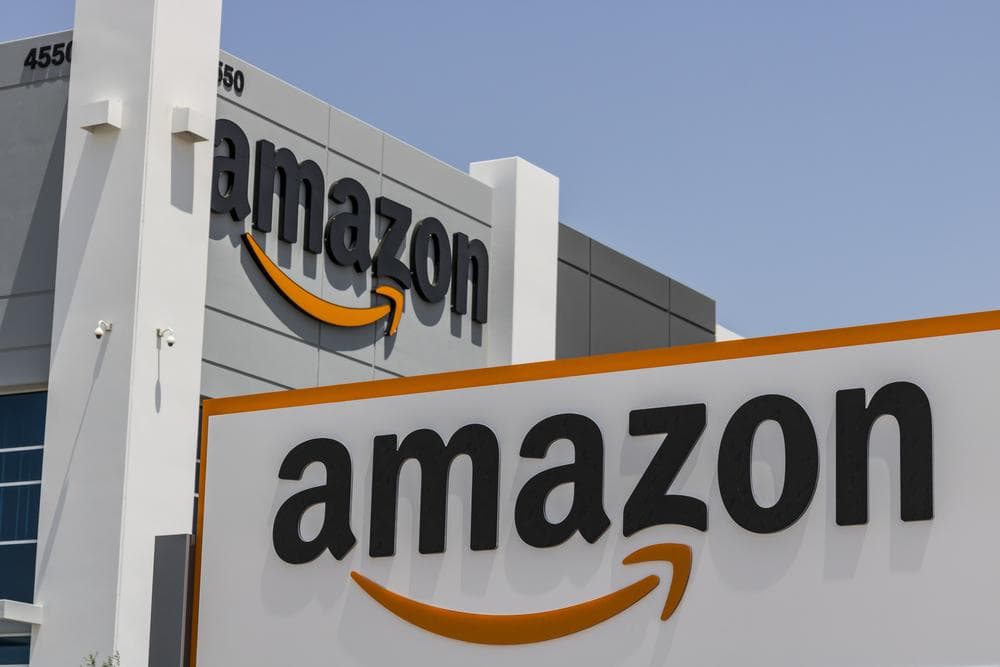
Amazon Logistics, launched in 2015, is Amazon’s in-house shipping and delivery service designed to complement existing providers such as USPS, FedEx, and UPS. It was developed with the primary goal of enhancing customer satisfaction and reducing shipping time. But how does it work? Let’s delve into the intricacies of Amazon Logistics, its processes, technologies, and future plans.
Amazon Logistics works by receiving products at Amazon fulfillment centers, where they are stored and prepared for shipping. When an order is placed, items are picked, packed, and labeled for delivery. They are then loaded onto trucks or aircraft and delivered to customers using various methods like Amazon Flex, Amazon Fresh, and drone distribution through Prime Air. Amazon Logistics uses advanced technologies and systems for efficient delivery, including AWS Dynamic Delivery Planner, warehouse automation technologies, and sophisticated logistics software. It also manages customer returns and refunds through a well-structured process.
The Amazon Logistics Process
The Amazon Logistics process starts when products arrive at Amazon fulfillment centers. These centers are where items are stored, managed, and prepared for shipping to customers. When a customer places an order, the items are picked from the storage area and sent to the packing station, where they are packed and labeled for shipping.
The packed orders are then loaded onto trucks or aircraft, depending on the shipping method chosen by the customer. Amazon has its own fleet of aircraft to support its capacity for fast, free delivery. The “last mile” of delivery involves getting the orders from delivery stations to customers’ doorsteps. Amazon Logistics uses various delivery methods, including Amazon Flex (crowdsourced deliveries), Amazon Fresh (fresh food delivery), Amazon Key (deliveries into customers’ homes), delivery to car trunks, remote door access for Amazon couriers, Amazon Lockers, apartment hubs, and drone distribution through Prime Air.
Amazon Logistics vs Other Logistic Services
Amazon Logistics differentiates itself from other logistic services in several ways. For one, it allows Amazon to gain better control over its delivery process, optimize fulfillment costs, improve delivery speeds, and ensure a consistent experience for Amazon customers. It also enables faster delivery options, including 2-hour and same-day shipping in select areas. Plus, Amazon Logistics leverages modern technologies, such as data analytics and machine learning, to optimize delivery routes and improve the overall delivery experience.
Technologies and Systems Used by Amazon Logistics
Amazon Logistics uses a combination of technologies and systems to ensure efficient delivery. These include AWS Dynamic Delivery Planner for optimizing delivery routes; warehouse automation technologies such as the fully autonomous goods-moving robot Proteus; and advanced logistics software, which uses sophisticated algorithms to determine the most efficient delivery routes. Amazon also uses innovative delivery methods, such as underground deliveries, self-driving vehicles, and voice-assisted technology.
Managing Amazon’s Vast Network of Warehouses and Distribution Centers
Amazon Logistics manages its vast network of warehouses and distribution centers through advanced technology, efficient warehouse management systems, and a well-structured fulfillment network. This includes the use of Warehouse Management Systems (WMS), Amazon Warehousing and Distribution (AWD), Supply Chain by Amazon, and Amazon Global Logistics (AGL). Amazon also uses robotics and machine learning models to improve warehouse operations and optimize the use of space and labor.
Role of Employees and Delivery Partners in Amazon Logistics
Employees and delivery partners play crucial roles in Amazon Logistics. Amazon Logistics works with small delivery companies called Delivery Service Partners (DSPs) and independent contractors through the Amazon Flex program. Employees in Amazon Logistics work in various roles, such as software development engineers, area managers, data scientists, and more. They are responsible for raising the bar in customer experience, driving lean thinking in operations, and implementing cutting-edge delivery solutions.
Handling Customer Returns and Refunds
When it comes to handling customer returns and refunds, Amazon Logistics has a well-structured process. Most items sold on Amazon.com can be returned within 30 days of receipt of shipment, with some exceptions. When a customer initiates a return request, Amazon provides a pre-paid label for the product to be returned. The returned item is then inspected to determine its condition and the appropriate action to take, such as restocking, refurbishing, or disposing of the item.
Future Plans for Amazon Logistics
Amazon Logistics has several improvements and expansions planned for the future. These include expanding its air capabilities, developing air traffic control software, exploring parachute deliveries, and opening new warehouses in Europe. Amazon is also investing in sustainable fuels and upgrading to natural gas class 8 trucks to reduce carbon emissions in its fleet.
In conclusion, Amazon Logistics is a complex yet efficient system that ensures fast and reliable delivery of packages to customers worldwide. It leverages advanced technologies, efficient warehouse management systems, and a well-structured fulfillment network to manage its vast network of warehouses and distribution centers. With its future plans, Amazon Logistics is poised to continue revolutionizing the logistics industry.
Frequently Asked Questions
What is Amazon Flex?
Amazon Flex is a program that allows independent drivers to use their own vehicles to deliver packages for Amazon. Drivers can choose their own hours and earn competitive rates.
What is Amazon Prime Air?
Amazon Prime Air is a future delivery system from Amazon designed to safely get packages to customers in 30 minutes or less using unmanned aerial vehicles, also called drones.
What are Amazon Lockers?
Amazon Lockers are self-service kiosks where customers can collect or return their Amazon parcels at a time that’s convenient for them.
How does Amazon handle damaged or incorrect items?
If a customer receives a damaged or incorrect item, they can return it within 30 days of receipt. Amazon will provide a pre-paid label, and once the item is received and inspected, a refund or replacement will be processed.
What is the role of Delivery Service Partners (DSPs) in Amazon Logistics?
Delivery Service Partners (DSPs) are small delivery companies that work with Amazon to deliver packages. They use their own vehicles and employees, giving Amazon the ability to scale up its delivery capacity without having to invest in its own fleet and workforce.
What is Amazon’s approach towards sustainability in logistics?
Amazon is actively investing in sustainable solutions for its logistics operations. It is developing air traffic control software for drones, exploring parachute deliveries, and upgrading to natural gas class 8 trucks to reduce carbon emissions. Amazon is also investing in sustainable fuels for its fleet.










